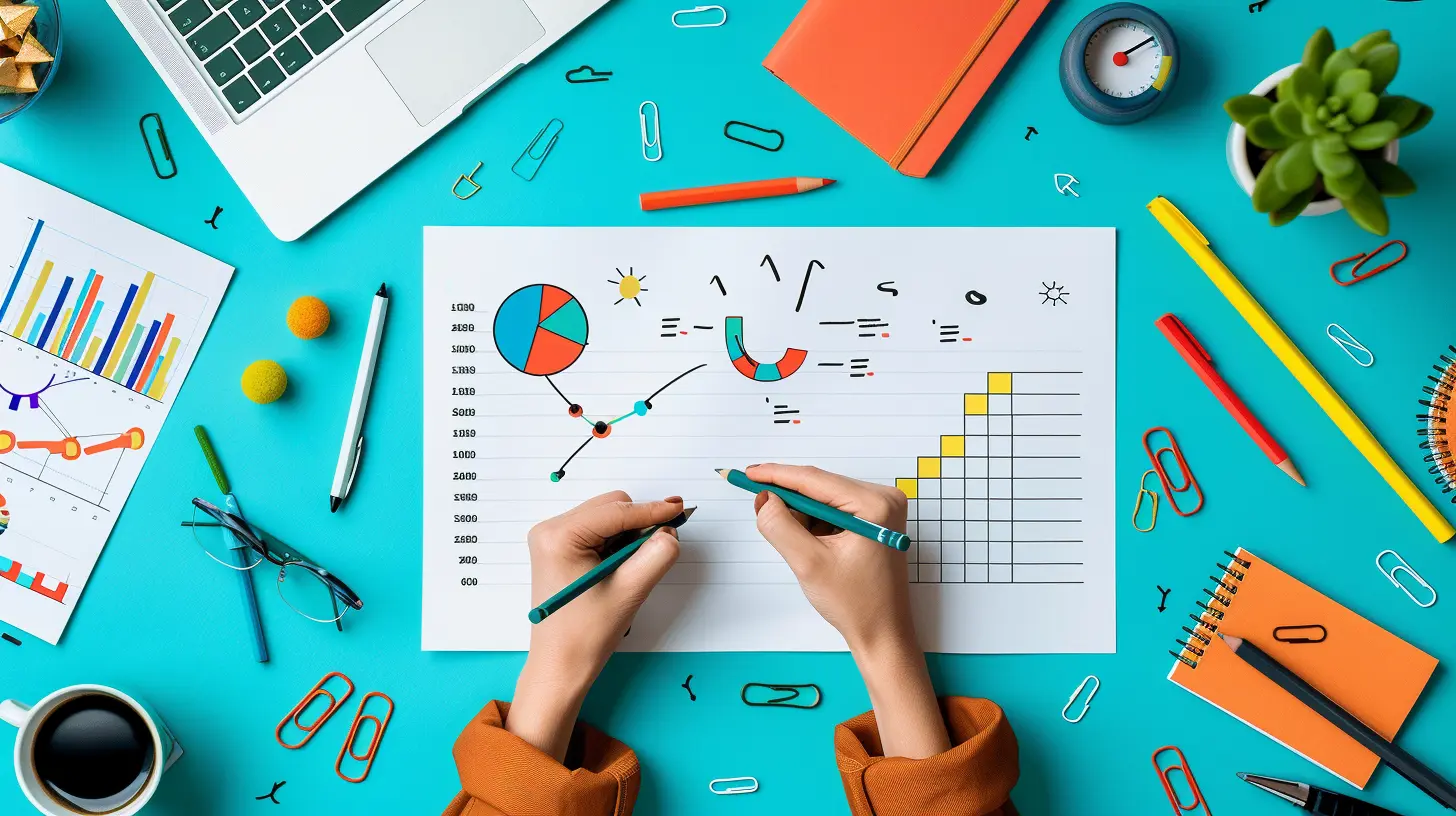12 April 2025
Summative evaluations play a huge role in education. They determine how well students have grasped the material and whether they've met learning objectives. But traditional summative assessments, like final exams or standardized tests, often miss something important—student reflection and collaboration.
That's where peer and self-assessment come in. These methods not only help students take ownership of their learning but also improve critical thinking, self-awareness, and engagement. When incorporated effectively, they can create a richer and more meaningful assessment process.
So, how do you weave peer and self-assessment into summative evaluations without losing accuracy or fairness? Let's break it down step by step. 
Why Use Peer and Self-Assessment in Summative Evaluations?
Before diving into the "how," let's talk about why these methods are worth incorporating in the first place.1. Encourages Deep Learning
Students don’t just memorize facts; they critically analyze their own and others' work. This helps them internalize concepts better rather than just regurgitating information.2. Builds Critical Thinking Skills
When students assess each other’s work, they learn to view assignments from different perspectives. Similarly, self-assessment forces them to reflect on their own strengths and weaknesses.3. Promotes Responsibility and Accountability
Let’s be honest—students tend to be passive in traditional assessments. But when they’re actively involved in evaluating, they're more responsible for their learning journey.4. Mimics Real-World Scenarios
In the workplace, feedback loops exist everywhere. Whether it’s a performance review or project critique, professionals constantly evaluate themselves and their peers. Why not start practicing these skills early?
How to Integrate Peer and Self-Assessment into Summative Evaluations
Now that we know why it matters, let’s explore effective ways to incorporate these methods into summative assessments.1. Establish Clear Criteria
Students need a structured framework when assessing their own or others' work. If the grading criteria are vague, the assessment won't be effective.How do you fix this?
- Use detailed rubrics with clear grading aspects.
- Provide examples of high-quality vs. low-quality work for reference.
- Allow students to be part of the rubric creation process—this promotes buy-in and understanding.
2. Train Students to Assess Effectively
Let’s face it—students aren't naturally skilled at evaluating their own or others' work. Without guidance, their assessments might be biased, inaccurate, or overly harsh.How do you fix this?
- Conduct mini peer-assessment activities during formative tasks so students get comfortable with the process.
- Teach students how to provide constructive feedback (e.g., using the "compliment, suggest, correct" method).
- Encourage self-reflection exercises before the actual summative assessment.
3. Use Anonymous Peer Assessment
Students may hesitate to give honest feedback if they know their friend's grade is at stake. Anonymity can help ensure more objective assessments.How do you fix this?
- Use digital tools like Google Forms or peer-assessment platforms that allow for anonymous grading.
- Clarify that the goal is to foster growth, not to criticize unfairly.
4. Balance Peer and Teacher Assessments
While peer grading can be beneficial, it shouldn't be the sole determinant of a student’s final score. There should be a balance between teacher evaluation and peer/self-assessment.How do you fix this?
- Weight peer/self-assessments appropriately (e.g., 20-30% of the final score).
- Have the teacher review final peer scores for fairness and accuracy.
- Allow students to justify their scores in written reflections.
5. Integrate Self-Assessment Journals
Self-assessment isn’t just about grading yourself—it’s about reflection. A self-assessment journal can help students track their growth and experiences throughout the course.How do you fix this?
- Ask students to reflect on their progress after completing major assignments.
- Have them identify areas of improvement and action plans for future learning.
- Link self-assessment reflections to final grades (e.g., bonus points for well-thought-out reflections).
6. Use Technology to Streamline the Process
Manually collecting peer and self-assessments can be overwhelming. Thankfully, technology makes it easier than ever!How do you fix this?
- Use tools like Peergrade, Turnitin PeerMark, or Google Docs commenting to facilitate structured feedback.
- Create automated rubrics using Google Sheets or online grading tools.
- Allow students to record video or audio reflections for more personalized assessments.
7. Address Bias and Fairness Issues
A common concern with peer assessment is bias—friends may over-score each other, and shy students might get underrated.How do you fix this?
- Implement multiple peer-reviewers per student work to ensure fairness.
- Randomly assign peer reviews rather than letting students choose.
- Compare peer scores with teacher assessments to adjust extreme deviations. 
Challenges of Peer and Self-Assessment (And How to Overcome Them)
Even with the best setup, there are challenges. Let’s tackle them head-on:1. Students Might Not Take It Seriously
💡 Solution: Incorporate peer/self-assessments into their final grade so they see its importance.2. Assessments Could Be Too Lenient or Harsh
💡 Solution: Use detailed rubrics and multiple evaluators to counter inconsistency.3. Students Might Feel Uncomfortable Critiquing Peers
💡 Solution: Train them in constructive criticism and use anonymous assessments when possible.4. Time Constraints
💡 Solution: Schedule peer assessment sessions before final submissions to avoid last-minute stress.
Final Thoughts
Incorporating peer and self-assessment in summative evaluations isn’t just about shifting the grading process—it's about fostering deeper learning, engagement, and reflection.When done right, these methods empower students to take charge of their learning journey, develop critical thinking skills, and prepare for real-world feedback scenarios.
Sure, there are challenges, but with clear rubrics, training, tech tools, and a well-balanced evaluation system, you can unlock a more meaningful way of assessing student growth.
So, are you ready to give it a shot in your classroom?





Diana Warner
Absolutely love this approach! Empowering students through peer and self-assessment makes learning so much richer!
April 17, 2025 at 4:58 AM